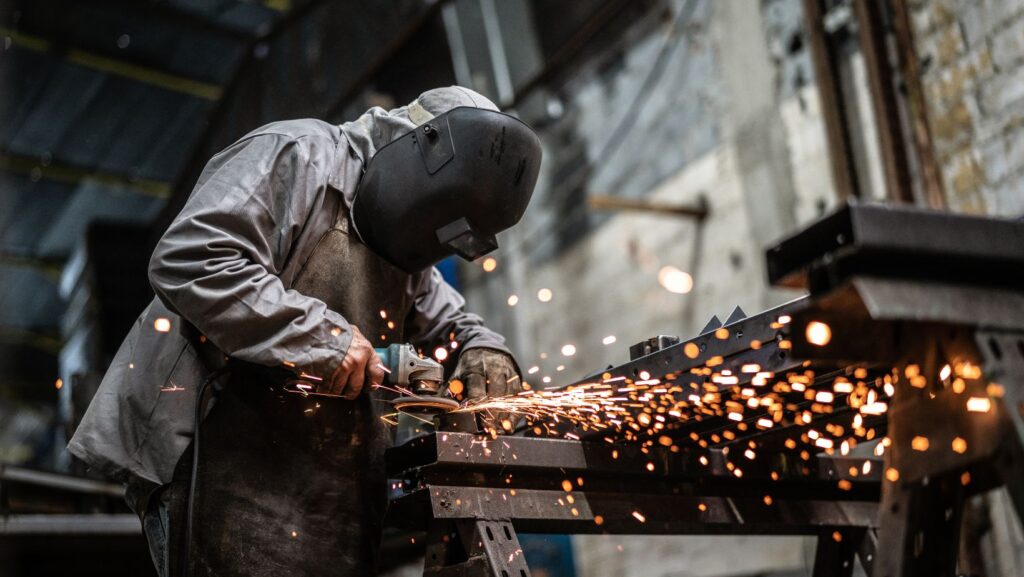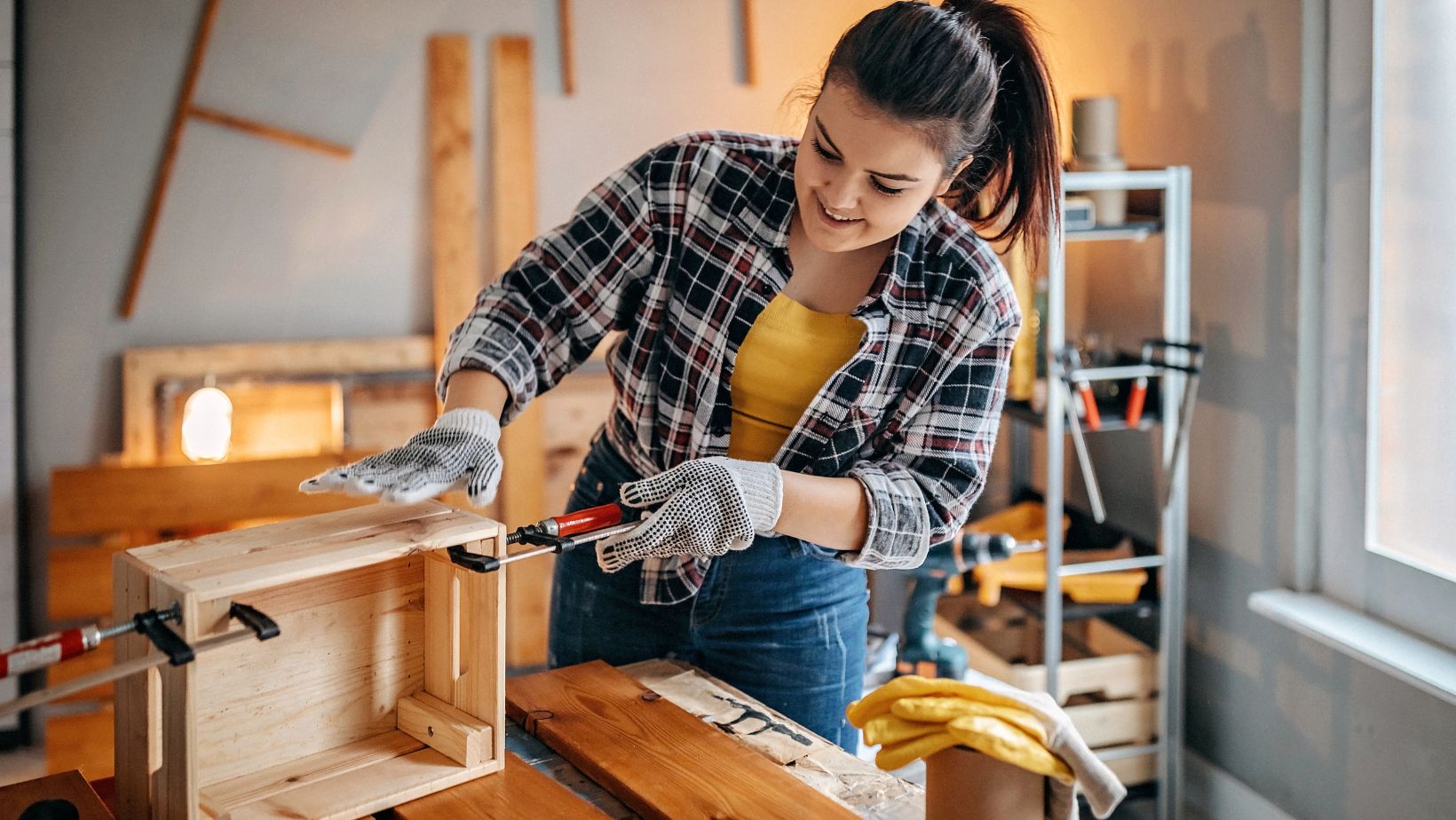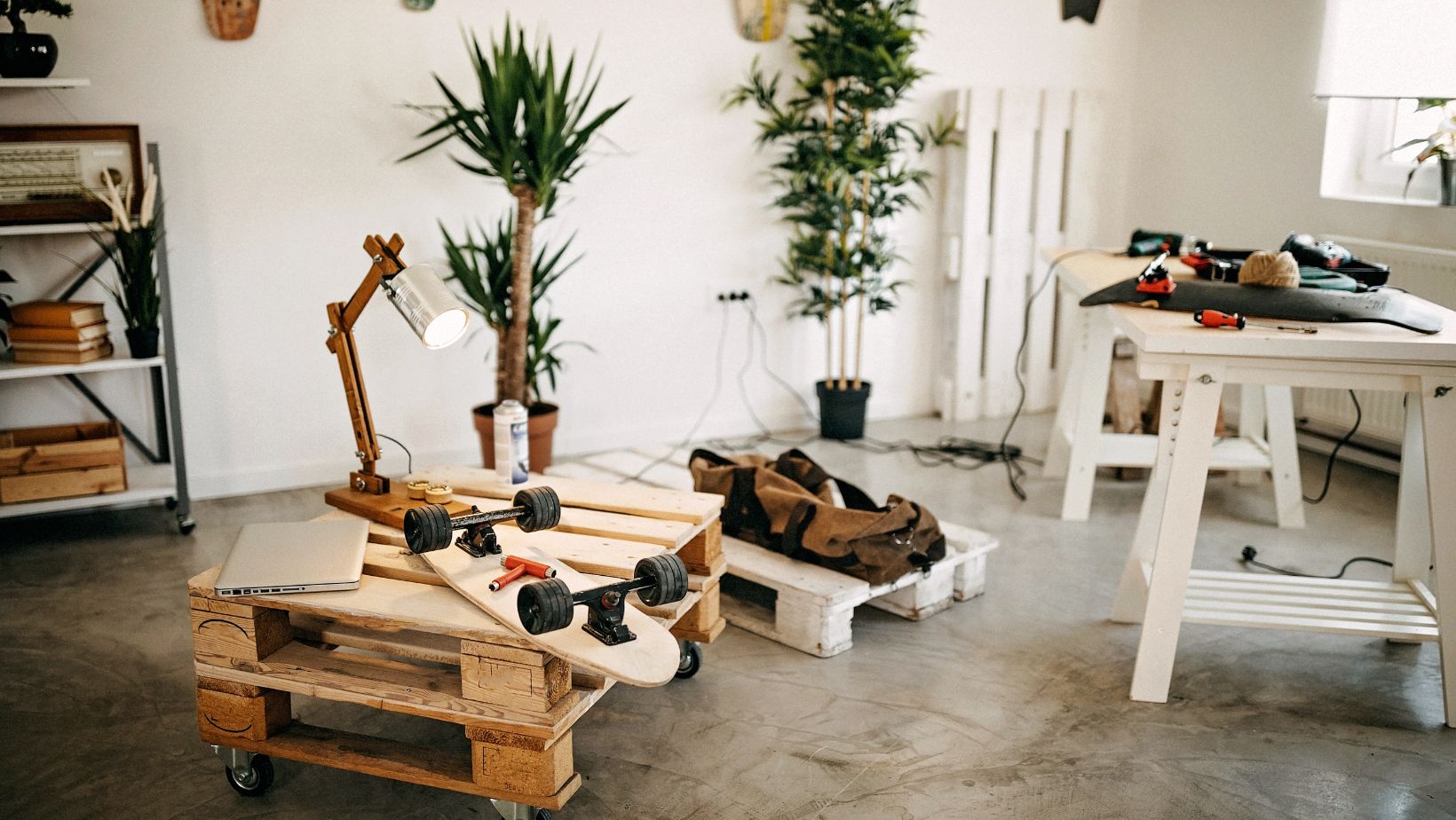Unleashing creativity doesn’t always require paintbrushes or clay. Sometimes, it’s about bending, cutting, and shaping metal into something extraordinary. DIY metal projects offer a unique blend of craft and engineering, transforming ordinary materials into stunning pieces of art or practical objects.
DIY Metal Projects
This section catapults the reader into the magical world of DIY metal projects. Embracing creativity with raw materials, it encompasses the basics of metalworking and the essential tools required punctuated by safety precautions.
The Basics of Metalworking
 Crafting DIY metal projects taps into an individual’s creativity, requiring an understanding of metal properties. Metalworking starts with cutting, bending, and shaping, transforming raw metal sheets into art. Next, metal welding consolidates metal joints, making the object robust. For instance, welding steel rods can make a garden sculpture or a kitchen pot holder. Last, applying paints or lacquers turns the bare metal pieces into polished masterpieces.
Crafting DIY metal projects taps into an individual’s creativity, requiring an understanding of metal properties. Metalworking starts with cutting, bending, and shaping, transforming raw metal sheets into art. Next, metal welding consolidates metal joints, making the object robust. For instance, welding steel rods can make a garden sculpture or a kitchen pot holder. Last, applying paints or lacquers turns the bare metal pieces into polished masterpieces.
Necessary Tools and Safety Gear
The intriguing world of DIY metal projects calls for a toolbox. Metal shears cut through metal sheets, while hammers, anvils, and mallets bend or shape these cut pieces. Welding equipment – comprising a torch, protective welding mask, and gloves – join metal parts securely.
Safety is paramount in these projects as well. Safety goggles protect from flying debris, and heat-resistant gloves shield hands from possible burns. Similarly, wearing a heavy-duty apron makes sure no hot spark ignites your clothes. To cut down the risk of inhaling fumes, respirators are also necessary, particularly while welding or applying finishes to metal.
Step-by-Step Guide to DIY Metal Projects
Venturing into DIY metal projects entails acquiring a diverse skill set. Launching from previous discussions about the basics and essential tools, the article advances to a succinct guide on measuring and cutting, shaping and molding, and welding techniques intrinsic to metalworking.
Measuring and Cutting Metal
Correct measurement forms the basis for each project. A reliable metal ruler and a scribe secure accurate markings over the metal surface. Discussing cutting, two main methods direct the process – manual cutting and powered cutting. Manual cutting harnesses tools such as hacksaws and metal shears. Those seeking a cleaner cut resort to powered tools like jigsaws and band saws. Let’s consider an example of a garden sculpture – a simplistic bird. The silhouette of the bird would be first traced on the metal sheet, and then cut out using the suitable tool, to render the primary component of the sculpture.
Shaping and Molding
Moving from cutting to shaping and molding, the involvement of tools and techniques varies depending on the project’s complexity. For instance, bear in mind the bird sculpture. It might require simple bending or folding to mimic bird features. Bending necessitates tools like pliers or even an arbor press for larger bends. Whereas, for projects demanding intricate shapes, a fuller, swage block, or a form tool, empowers the craftsperson to shape metals effectively.
Welding and Joining Techniques
The final step of most DIY metal projects, welding, fuses separate pieces into a single entity. A gas torch or a stick welder serves this purpose efficiently. However, mastering welding asks for experience and practice. Referring back to the bird sculpture, its different parts such as wings, tail, and beak, are welded together to complete the structure. Additionally, alternative joining techniques like riveting and bolting also appeal to enthusiasts, especially those dealing with temporary joints or for whom wielding a torch might seem intimidating.
efficiently. However, mastering welding asks for experience and practice. Referring back to the bird sculpture, its different parts such as wings, tail, and beak, are welded together to complete the structure. Additionally, alternative joining techniques like riveting and bolting also appeal to enthusiasts, especially those dealing with temporary joints or for whom wielding a torch might seem intimidating.
Examples of DIY Metal Projects
Armed with the knowledge from this article, anyone can embark on their DIY metal project journey. Whether you’re a beginner starting with simple shapes or an experienced enthusiast tackling complex structures, the techniques and tools discussed here are your roadmap. Remember, accurate measurement is your foundation, while cutting and shaping bring your project to life. Welding, riveting, or bolting, on the other hand, ensures your piece holds together. It’s a fusion of creativity and engineering that results in a satisfying, tangible outcome. As you explore this world, remember that practice makes perfect. So, don’t be afraid to start small and gradually take on more complex projects. Happy metalworking!



